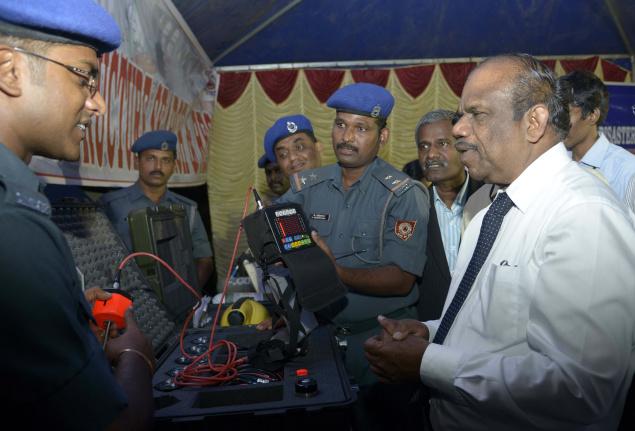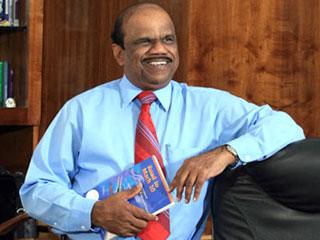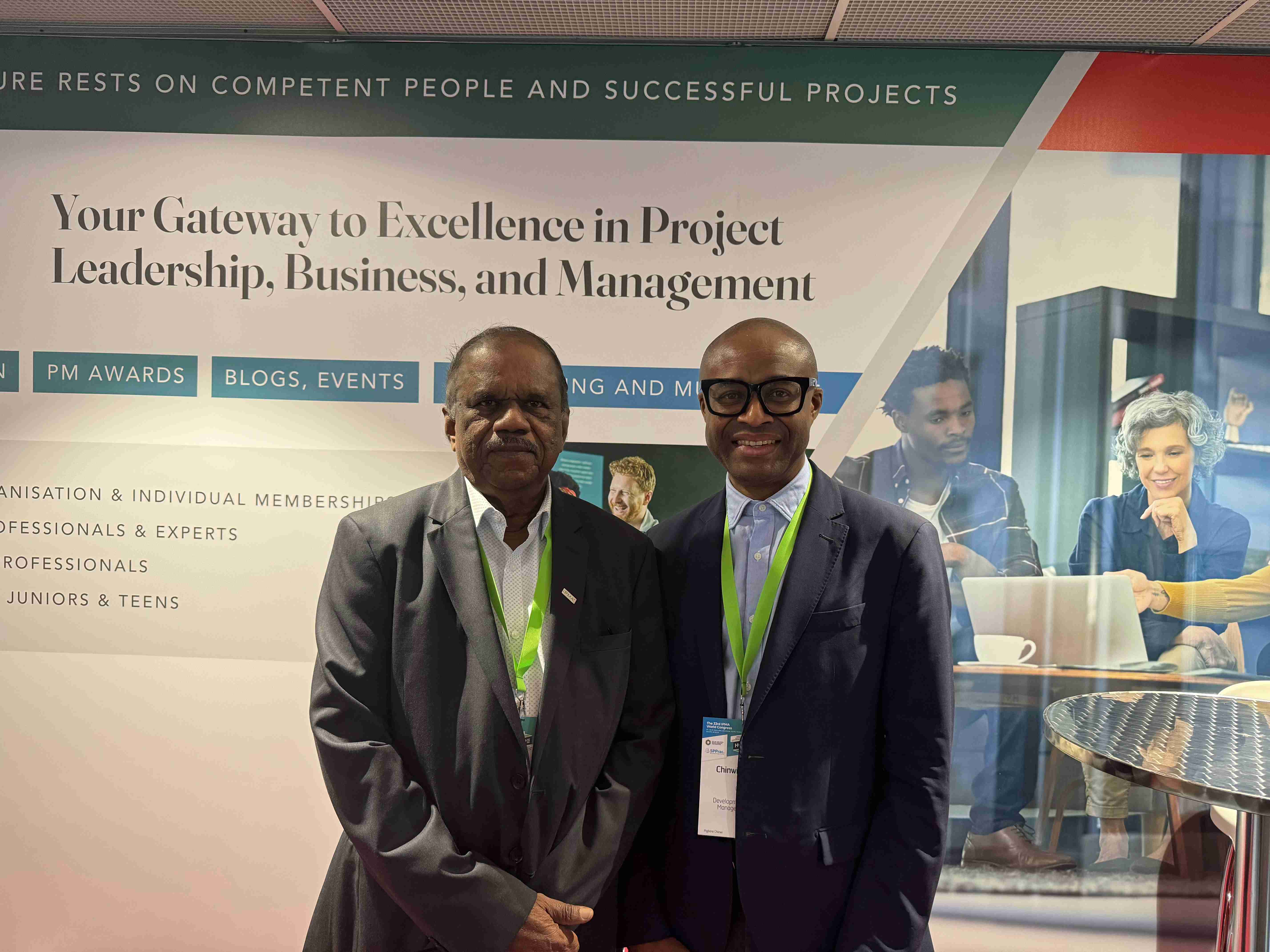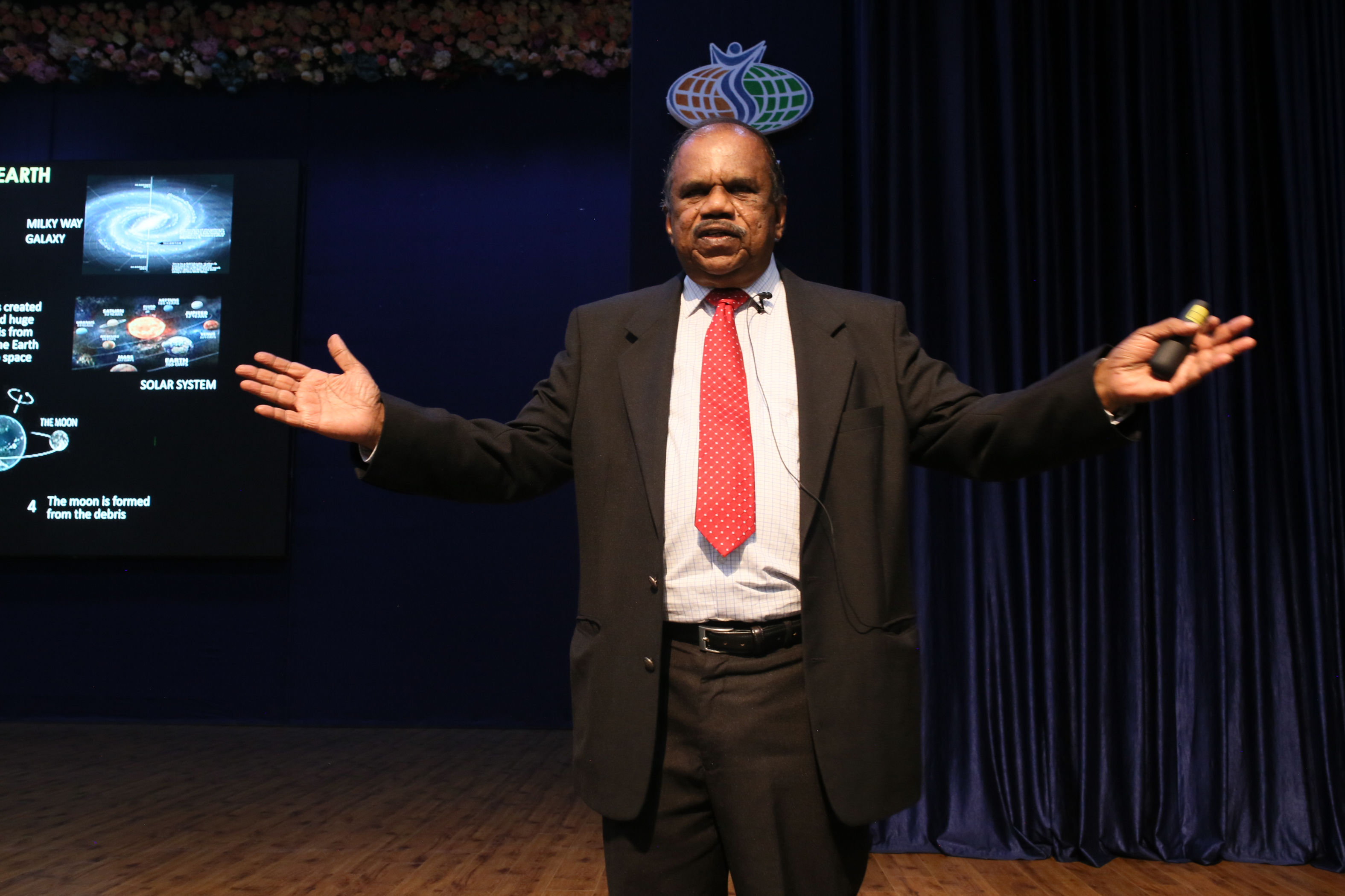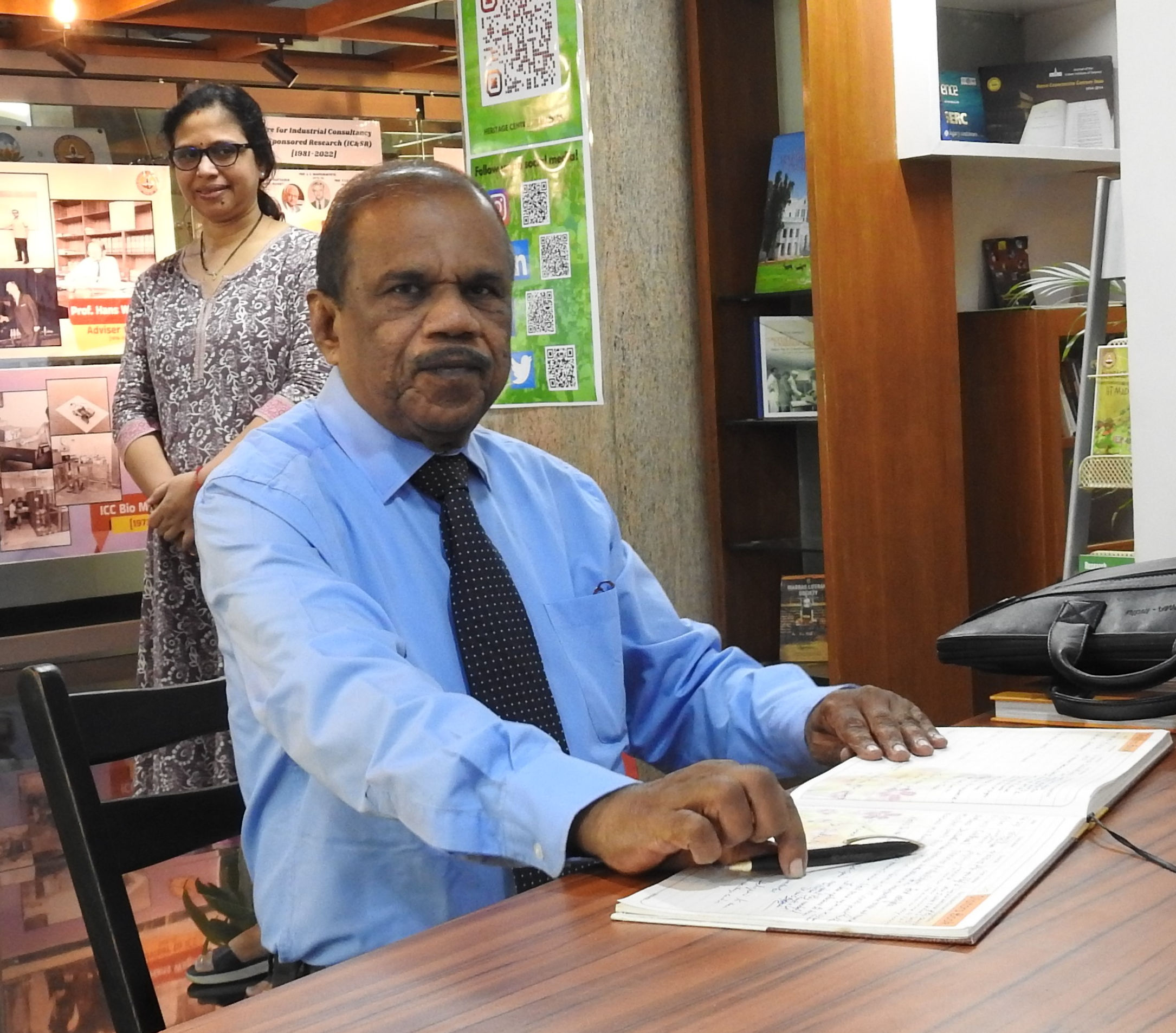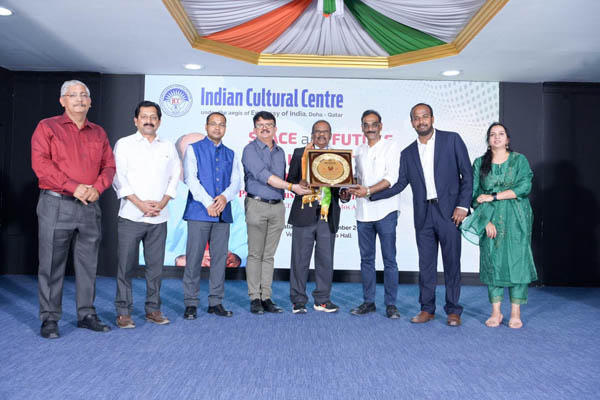Seeing the success of SLV-3 program, Dr. Kalam was asked to lead the guided missile development programs of the nation by taking up the directorship of DRDL. The Integrated Guided Missile Development Programme (IGMDP) born. Dr. Kalam at DRDL, had to face difficulties in changing the working culture of DRDL to suit high technology development efforts. With great efforts exerted by Dr. Kalam, Dr. Pillai was sent to DRDL in deputation from ISRO as he was groomed to be the future leader of ISRO.
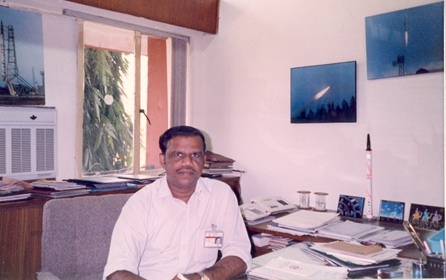
When Dr. Pillai moved to DRDL, as the Director, Planning and Programme Analysis, the design process was just over for the Prithvi and Agni missiles. But yet lot of developmental tasks were needed to be done to move the projects further.
The IGMDP was a multi project missile development programme due to the development of five different types of missiles. But the unavailability of the required technologies, IGMDP became a vast technology development program intertwined with missile developments. This intertwining made it one of the most complicated technology development programmes in the world. The technologies were new and futuristic. The technology base with DRDL was very limited. So a large number of government labs, academic institutions, and private and government industries were used. The technologies were to be developed at multiple institutions and laboratories with networked organisations as well as to make them not to have open ended approach. These technologies were closely linked with the realisation of missile development.
Dr. Pillai was to give a new accelerated thrust for technology development, networking different groups as well as programme management for the five projects. He helped Dr. Kalam to restructure DRDL to a unique matrix set up. In this new structure the importance of project directors were increased and they were empowered with more administrative and financial powers, as it was in ISRO. In DRDL the programme management culture was not at all existing then.
Uncertainties, complexities, different working cultures, various kind of attitudes, military environment, secrecy, egos, high average age group laboratories, and difficult procedures - all attacked IGMDP at the same time. The PSUs had the culture of undertaking production with elaborate training given by foreign industries. They had difficulties to accept IGMDP culture. Private industries wanted a commitment from the beginning for production so as to make profit.
For tackling the difficulties in development, DRDL was reorganised in to a matrix structure of management. The evolved matrix structure enabled each missile project being given the required technology system with an identified systems manager. Also the technologies to be developed were given a systems manager. The systems manager used to oversee the technology development in his regime where as the project director used to oversee the entire missile project. They all reported to the programme management board that oversaw all the five missile projects. Each individual was to report to two bosses: the project director and the systems manager; through this matrix structure effective control was established.

Only this matrix structure based program management helped to resolve conflicts, assign priorities, avoid duplications and enable lucid control of the process to stick to the schedule adhering to the objectives of IGMDP.
Networking with multiple organisations and industries for technology development gave a real challenge for effective management along with inherent complexities. The complexities were multi-faceted - Networking of establishments and related management, Time criticality and Technology criticality and so on. Above all the multiple technology developments were intertwined multiple missile developments.
Networking of establishments and activities monitoring was a hectic process in IGMDP. Today, we have internet that brings the world in our finger tips - the only issue is to use our fingertips on the keyboard. But in those days internet was just a concept in India. In those days in India computers were primitive, with monochromatic monitors displaying green fonts in a black background, being operated only in air conditioned rooms. In those days even a television was a rarity, a home with an antenna (dipole antenna) served as navigation references in residential areas. The younger generation would not have heard about these antennae lest to see. Today it is the era of DTH with DVD quality video and audio. In that era with Dr. Pillai at the helm, the programme management board had to find various industries, research laboratories and academic institutions manually through reports or personal contacts. They had to understand their expertise and capabilities and to delegate works.
In the IGMDP, as a whole more than 200 critical technologies and many sub critical technologies and so many less critical but important technologies were being developed. Everything was time bounded and he had to manage more than 20000 activities including technology research, technology development and product manufacturing. All these activities were carried out across the length and breadth of India. In those days in India, owning a telephone or a television was a luxury and those who were financially affluent were able to afford them. Cars - they were a rarity unlike today, where a person can buy a car and park it in his garage within a day. But those days one had to wait indefinitely for getting a car.
The programme management directorate at DRDL monitored 22,000 activities comprising of research, development, production and testing that were being executed at various places across the length and breadth of India. The directorate had to receive reports on those 22,000 activities at a month end, analyse them, understand the progress and difficulties, address them. Not only that, the directorate had to issue the next tasks in those activities for the forth coming month also.
All those activities were time critical; all the developmental activities for a particular missile had to coincide at a predetermined time; some might take even more time, and efforts had to be put in to see that if that time could be reduced, how it could be done, feasibilities study, error corrections etc.
The missile development was time bounded; almost each subsystem required some sort of technology development for it. The development of the missile cannot be stopped for want of that particular technology dependent subsystem. Worst case there could be so many subsystems requiring so many technologies for a missile.
So ultimately time was like a sword hanging over heads. Since, each second wasted eroded a percentage of the user’s confidence on DRDO’s capability to deliver the missile – Just not one missile but five missiles. Almost all the technologies involved in sub systems and sub-subsystems of a missile had to be developed that too under the Missile Technology Control Regime. Among these we had the directorate had to take care of personal issues, morale issues, material requirements, bureaucratic hustles etc. So it required an overall control scheme of the programme..
Dr. Pillai simply pulled it and the evolution of that scheme itself is a great outcome of IGMDP. Today due to the able leadership he provided, AGNI missile’s various versions, Prithvi missile’s various versions and the Akash missile – all have been inducted in to the armed forces of India.
Contact me



